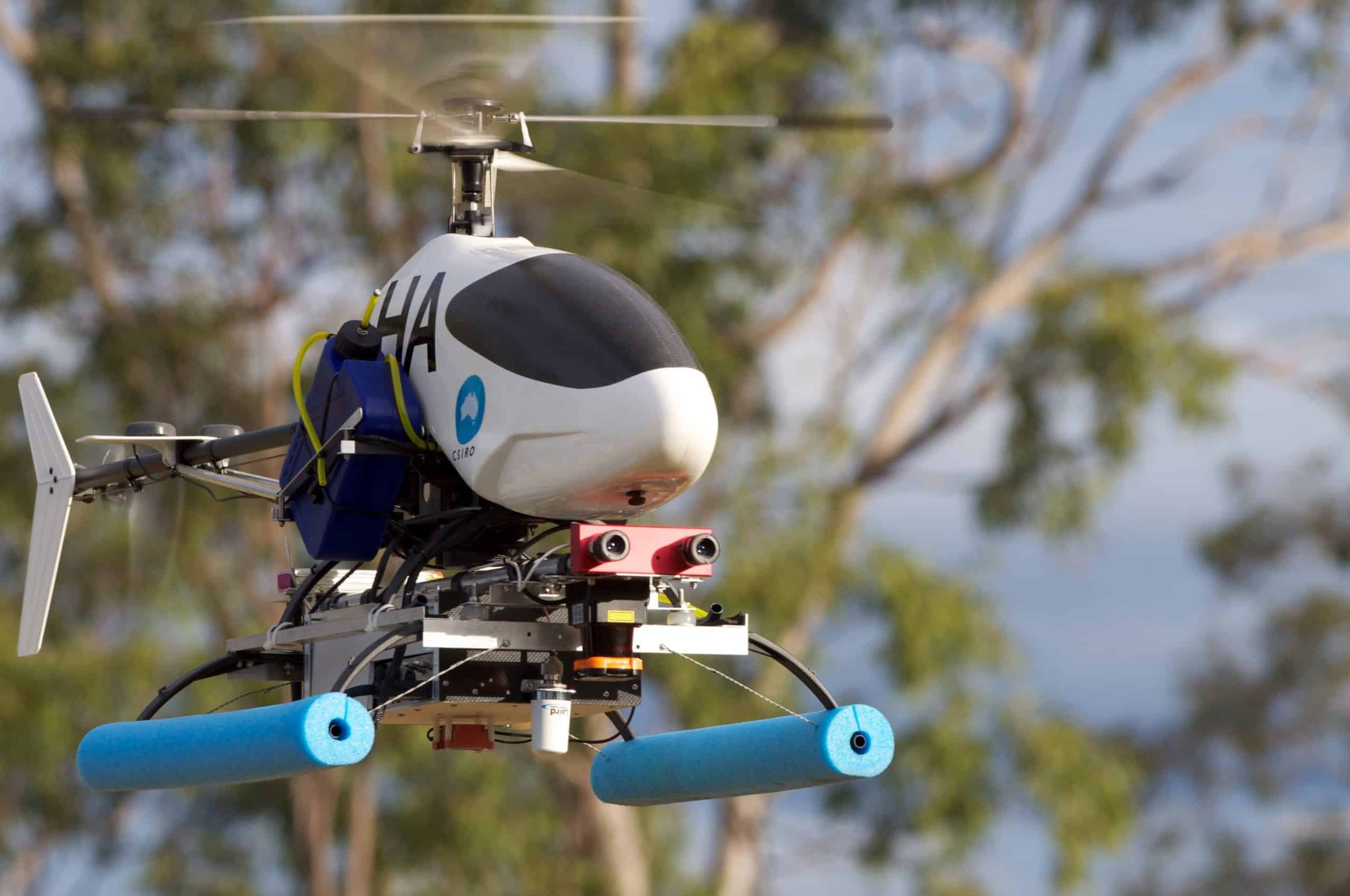

Unmanned Aerial Vehicles (UAVs) guidance, control and navigation have directed the attention of many researchers in both aerospace engineering as well as control theory. To the best of our knowledge, this work is the first study of the tiltrotor VTOL's fault-tolerance that exploits the configuration redundancy. Extensive experiments are performed to validate that the system can maintain the controlled flight under different actuator failures. The proposed approach is lightweight and is implemented as an extension to an already existing flight control stack. Then, we analyze the feasible wrench space the vehicle can generate and design the dynamic control allocation so that the system can adapt to actuator failure, benefiting from the configuration redundancy. We discuss the design and model of a custom tiltrotor VTOL UAV, which is a combination of a fixed-wing aircraft and a quadrotor with tilting rotors, where the four propellers can be rotated individually. This work introduces tolerance to several types of actuator failures in a tiltrotor VTOL aircraft. However, a less explored area is the study of their potential fault tolerance due to their inherent redundancy, which allows them to sustain some degree of actuator failure. Prior work on these aircraft has addressed the aerodynamic performance, design, modeling, and control. Tiltrotor vertical take-off and landing (VTOL) unmanned aerial vehicles (UAVs) are a better choice than fixed-wing and multirotor aircraft for such applications. Providing both the vertical take-off and landing capabilities and the ability to fly long distances to aircraft opens the door to a wide range of new real-world aircraft applications while improving many existing applications. We present our simulation and real-life experiments. Finally, we explore the ideas of how these parts can work together to provide a fail-safe system. Then, in the context of our custom tiltrotor VTOL aircraft design, we talk about our optimization-based control allocation system, which utilizes the vehicle's configuration redundancy to recover from different actuation failures. First, we will go over our real-time aircraft-independent system for detecting actuator failures and abnormal behaviors. In this workshop, we will present a summary of our work on aircraft fault detection and the recovery of our hybrid VTOL. However, research on their potential fault tolerance is still a less investigated field. Their aerodynamic performance, design, modeling, and control have all been addressed in the previous studies. Hybrid VTOLs can withstand some degree of actuator failure due to their intrinsic redundancy. As a result, monitoring the aircraft status to report any failures and recovering to prevent the loss of control when a failure happens are becoming increasingly important.

On the other hand, concerns regarding the safety and reliability of autonomous aircraft have grown in response to the recent growth in aerial vehicle usage. These capabilities make hybrid VTOLs the clear front-runners among UAM platforms. Offering vertical take-off and landing (VTOL) capabilities and the ability to travel great distances are crucial for Urban Air Mobility (UAM) vehicles.


 0 kommentar(er)
0 kommentar(er)
